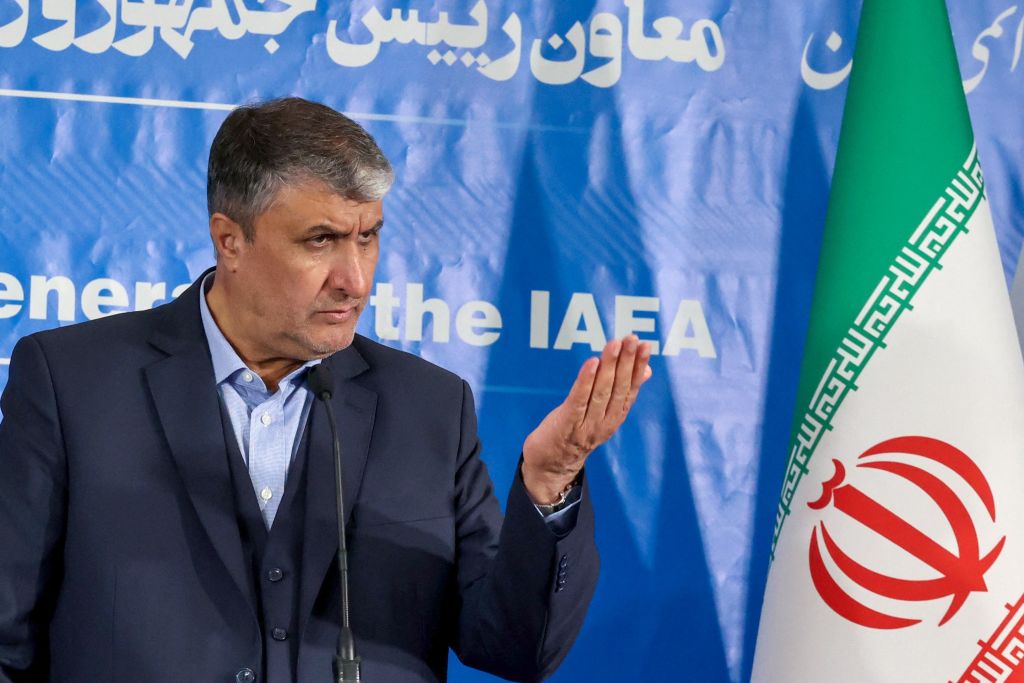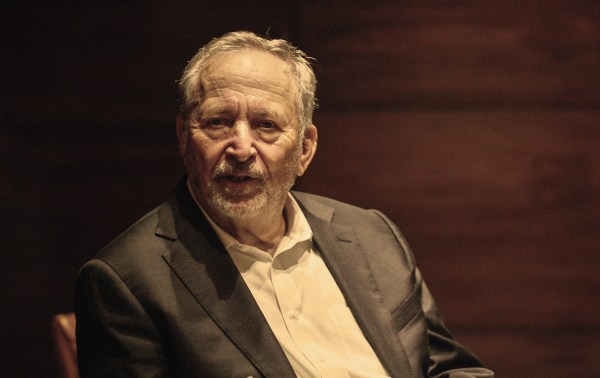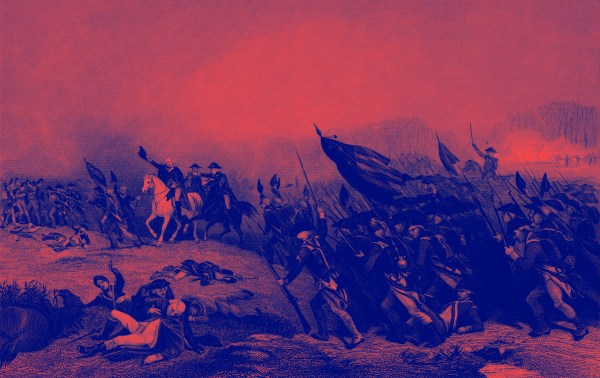Five years ago, Israeli Prime Minister Benjamin Netanyahu delivered a shocking revelation to the world: Iran had cheated from the start on the 2015 Iran nuclear deal, concealing an atomic weapons archive from Western negotiators and U.N. inspectors. Not long after, the Trump administration withdrew from the deal—formally known as the Joint Comprehensive Plan of Action (JCPOA)—and thus fulfilled one of his major campaign promises.
President Joe Biden vowed to reenter the nuclear deal if he were elected, and his administration has participated in several rounds of negotiations, all of which failed. Now, European powers are pressuring Biden once again to jump back into that deal—or an even weaker one—while still not having a full picture of Iran’s clandestine activities.
Reviving the deal now would be a mistake. Instead, the United States and other signatories to the JCPOA should press Iran to come clean about its nuclear program and close down proliferation-sensitive activities once and for all.
When the United States and its European allies concluded the Iran deal in 2015, the International Atomic Energy Agency (IAEA) could find no evidence of nuclear weapons development by the regime after 2009. The West took this as a green light to lift sanctions in return for temporary nuclear restrictions and few answers from Iran.
Then, at the end of April 2018, Netanyahu revealed Israel had secretly exfiltrated an Iranian archive from a warehouse in an industrial zone near Tehran—a collection of thousands of documents, photographs, and digital files detailing Iran’s attempts to develop nuclear weapons.
Independent experts’ analysis of the archive showed that, prior to 2004, the Islamic Republic was initially working to build and test five nuclear weapons, before ramping up to create a production-scale arsenal. However, despite increased international scrutiny, Iran did not halt those activities as Western countries believed, the archive showed. Tehran instead opted to downsize but hide and continue sensitive nuclear weaponization activities—overcoming bottlenecks and perfecting its ability to fabricate a nuclear device—all while purporting to come into compliance with its nonproliferation obligations.
Israel shared the archive files with the IAEA, which initially did little with them. Another Israeli bombshell followed in September 2018: Iran was storing “massive amounts of equipment and material from Iran’s secret weapons program” at another warehouse near Tehran. Still the IAEA, then run by Director General Yukiya Amano, waited several months before requesting access to the facility.
During that time, commercial satellite imagery showed Iran moving equipment containers and then attempting to sanitize the grounds. By the time the IAEA showed up to the site in the Turquzabad neighborhood in February 2019, whatever Iran had hidden was gone—but the dirt still tested positive for traces of man-made uranium.
To this day, the IAEA does not know exactly what Iran stored at Turquzabad or where it is now. But there are clues.
In 2019, the IAEA asked Iran for access to two more secret nuclear sites—discoveries sourced to the IAEA’s analysis of the archive discovered by Israel.
According to a report by Amano’s successor, Director General Rafael Grossi, one site known as “Varamin” was once an “undeclared pilot-scale plant for the processing and milling of uranium ore and conversion”—key steps in making atomic weapons-grade uranium.
Iran demolished the facility in 2004, but the IAEA assessed, based on traces of uranium it found at the site, that Iran likely stored equipment and material from Varamin at the Turquzabad warehouse, in addition to other items.
The other site, known as “Marivan,” was likely related to Iranian high explosive tests for nuclear weapons. Tehran demolished buildings at Marivan ahead of the IAEA’s 2019 visit and delayed IAEA access to both Marivan and Varamin for months. But like Turquzabad, the regime’s best cover-up attempts could not remove traces of nuclear material for the IAEA to find.
The non-governmental Institute for Science and International Security, which has intensively studied Iran’s archive, assesses there are about two dozen other sites that the IAEA may still need to inspect.
Unlike his predecessors, Grossi has been relentless in his time at the IAEA, demanding a complete accounting from the regime regarding Turquzabad, Marivan, and Varamin. But Western pressure on Iran has been absent, and so his questions have yielded no answers. Europe and the Biden administration continue to obsess over rescuing an expired nuclear deal that Iran violated from day one, and Tehran has dragged out the process with empty promises of cooperation.
Iran’s clerics, masters of extortion and manipulation, pressured Grossi and the West to close the IAEA’s investigation by threatening access and monitoring at other sensitive sites. Tehran withheld video recordings at enrichment plants, removed cameras, harassed inspectors, and accelerated enrichment to ever-higher levels.
Now, Iran may press the IAEA to succumb to more extortion: It has offered to provide video recordings at nuclear sites in exchange for the agency closing its nuclear material-related probes. Washington and Europe may be happy to oblige this offer in return for another flawed nuclear deal, which in turn would allow Iran’s secret nuclear weapons program to endure.
Iran is obligated under the Nuclear Non-Proliferation Treaty (NPT) to declare its nuclear materials and activities to the IAEA. But an IAEA director general is only as strong as the agency’s 35-nation Board of Governors allows. Led by the West, that board has dallied and demanded Iran’s cooperation with the IAEA just twice in five years. Its upcoming June 5 meeting presents an opportunity to change course.
Instead of being rewarded with a toothless nuclear deal, what Iran needs is an ultimatum: Meet a clear timetable for cooperation with the IAEA or the West will refer Iran’s NPT non-compliance to the U.N. Security Council for countermeasures. Russia or China might want to protect Iran at the council, but both countries would be powerless if the United Kingdom, France, or Germany—remaining JCPOA member states—completed the “snapback” of U.N. sanctions on Iran. The snapback procedure was built into the JCPOA and its accompanying Security Council resolution just in case Iran breached its nuclear commitments.
Among the benefits of snapback are restoring the U.N. arms embargo on Iran, preventing a missile embargo from expiring this October, eliminating the JCPOA’s nuclear sunsets, and restoring an international demand that Iran halt all enrichment-related activities. Unless Russia or China can get a resolution passed to overrule it—a resolution that can be vetoed by the West—the snapback would occur after 30 days.
Anything short of Security Council referral and a sanctions snapback lets other rogue nations know that threats and extortion triumph over multilateral enforcement of fundamental nuclear obligations. If the West rewards Tehran’s nuclear deceit with a deal or by prematurely closing IAEA investigations, they and the IAEA will signal to other would-be proliferants a new permissiveness about NPT obligations, risking a domino effect of proliferation in the Middle East and elsewhere.
As Iran’s nuclear weapons timetable shortens, so does the regime’s temptation to break out of its nonproliferation obligations. Instead of pressing for a new deal that won’t stop Iran’s quest for nuclear weapons, the West can use this time to press Iran to verifiably account for its nuclear activities. It shouldn’t waste it.






Please note that we at The Dispatch hold ourselves, our work, and our commenters to a higher standard than other places on the internet. We welcome comments that foster genuine debate or discussion—including comments critical of us or our work—but responses that include ad hominem attacks on fellow Dispatch members or are intended to stoke fear and anger may be moderated.
With your membership, you only have the ability to comment on The Morning Dispatch articles. Consider upgrading to join the conversation everywhere.